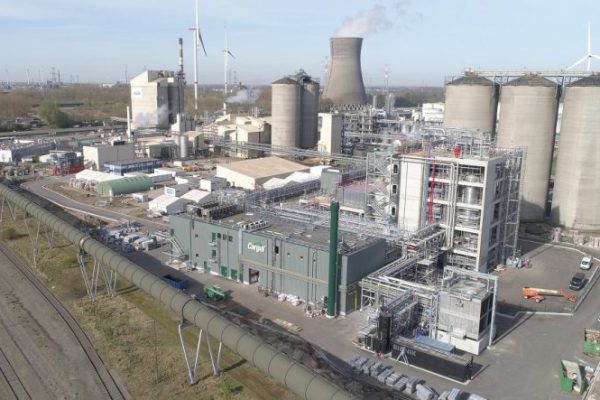Project Report For Biodiesel Plant
Introduction
Project Report For Biodiesel Plant is as follows.
An alternative clean-burning renewable fuel to regular diesel is biodiesel. Animal fats, vegetable oils, and used cooking oil are used in its production. It is utilized as an alternative to fossil diesel fuel because of its biodegradable nature. In any ratio, it can also be blended with petroleum-based diesel fuel.
Vegetable oils, animal fats, and short-chain alcohols are the primary raw materials used in the manufacturing of biodiesel. Although other oils, such as peanut, linseed, safflower, used vegetable oils, and animal fats are also used, rapeseed, soybean, palm, and sunflower oil are the four oils that are most commonly used to produce biodiesel worldwide. Although ethanol can also be used, methanol is the most popular alcohol.

Process Of Biodiesel Plant
Feedstock Preparation: Biodiesel can be produced from a variety of feedstocks, including soybean oil, rapeseed oil, palm oil, and animal fats. The feedstock undergoes pretreatment processes such as filtering, heating, and degumming to remove impurities and ensure a high-quality end product.
Transesterification: The transesterification process is the heart of a biodiesel plant. In this step, the pretreated feedstock is mixed with an alcohol and a catalyst, typically sodium hydroxide or potassium hydroxide. The mixture undergoes a reaction that converts the oils or fats into biodiesel and glycerin. The reaction is carried out in large reactors under controlled temperature and pressure conditions.
Separation and Purification: After the transesterification reaction, the mixture is allowed to settle, separating the glycerin from the biodiesel. The glycerin is further processed and used in various industries. The biodiesel undergoes additional purification steps, such as washing and drying, to remove any remaining impurities and water.
Refining and Quality Control: The purified biodiesel may undergo further refining processes to improve its quality and meet industry standards. This may involve removing excess moisture, filtering out any remaining solids, and adjusting the fuel properties such as viscosity and cloud point. Quality control measures, including laboratory testing, are employed to ensure that the biodiesel meets the required specifications before it is ready for distribution.
Co-Product Utilization: Biodiesel production generates glycerin as a valuable co-product. Glycerin can be used in various industries, such as cosmetics, pharmaceuticals, and food processing. Some biodiesel plants have integrated glycerin refining facilities to maximize the utilization of the co-product.
Storage and Distribution: Once the biodiesel is produced and meets the necessary quality standards, it is stored in tanks and prepared for distribution. Biodiesel can be blended with petroleum diesel in different proportions, depending on the intended use and regulatory requirements. The blended fuel is then distributed to fuel retailers, commercial fleets, and end-users.
Market Potential Of Biodiesel Plant
The worldwide biodiesel market has grown to roughly 50 million tonnes in 2022 and is predicted to increase at a CAGR of 3.87% until 2032.
Transesterification is the process by which glycerin is extracted from animal fat or vegetable oil, leaving methyl esters and glycerin behind. Its primary applications are fuel and electricity generation. Less greenhouse gas emissions connected with biodiesel and its biodegradable nature, together with the growing need to replace fossil fuel with renewable fuel, are expected to stimulate demand for biodiesel over the projection period.
Furthermore, the compatibility of biodiesel with existing diesel engines is another factor driving biodiesel demand increase during the predicted period. Increased population and, as a result, an increase in the number of automobiles and other industries using biodiesel is also predicted to promote biodiesel demand growth. The global Biodiesel market is expected to reach 70 million tonnes by 2032.
As emerging economies attempt to create laws that support the domestic biofuels industry, the demand for biofuels is shifting towards them. Since only 1% of the world’s biofuels are produced in India, the country still has a little market for these products. Many firms are making investments in this industry as the Central Government supports local players in their efforts to capitalize on the biodiesel market’s potential in India. One of the biggest consumers of biodiesel is the transportation industry, followed by the energy and construction industries where it is utilized in daily operations. International players are being drawn to India’s biofuel industry by the country’s strong government support.
Project Report Sample On Biodiesel Plant
Need Help?
Create 100% Bankable Project Report

